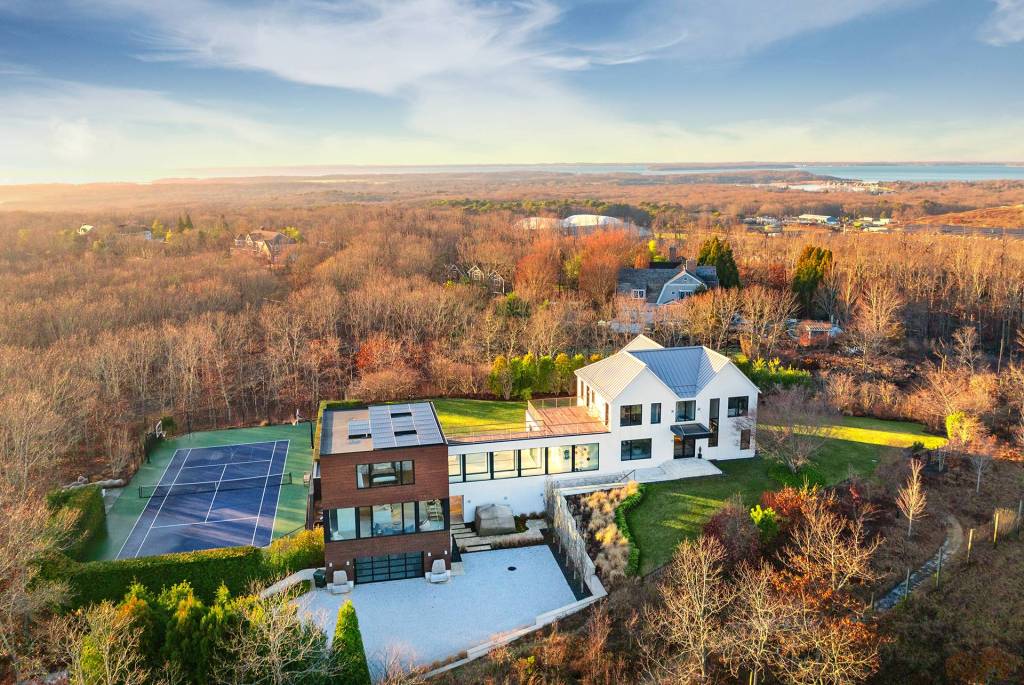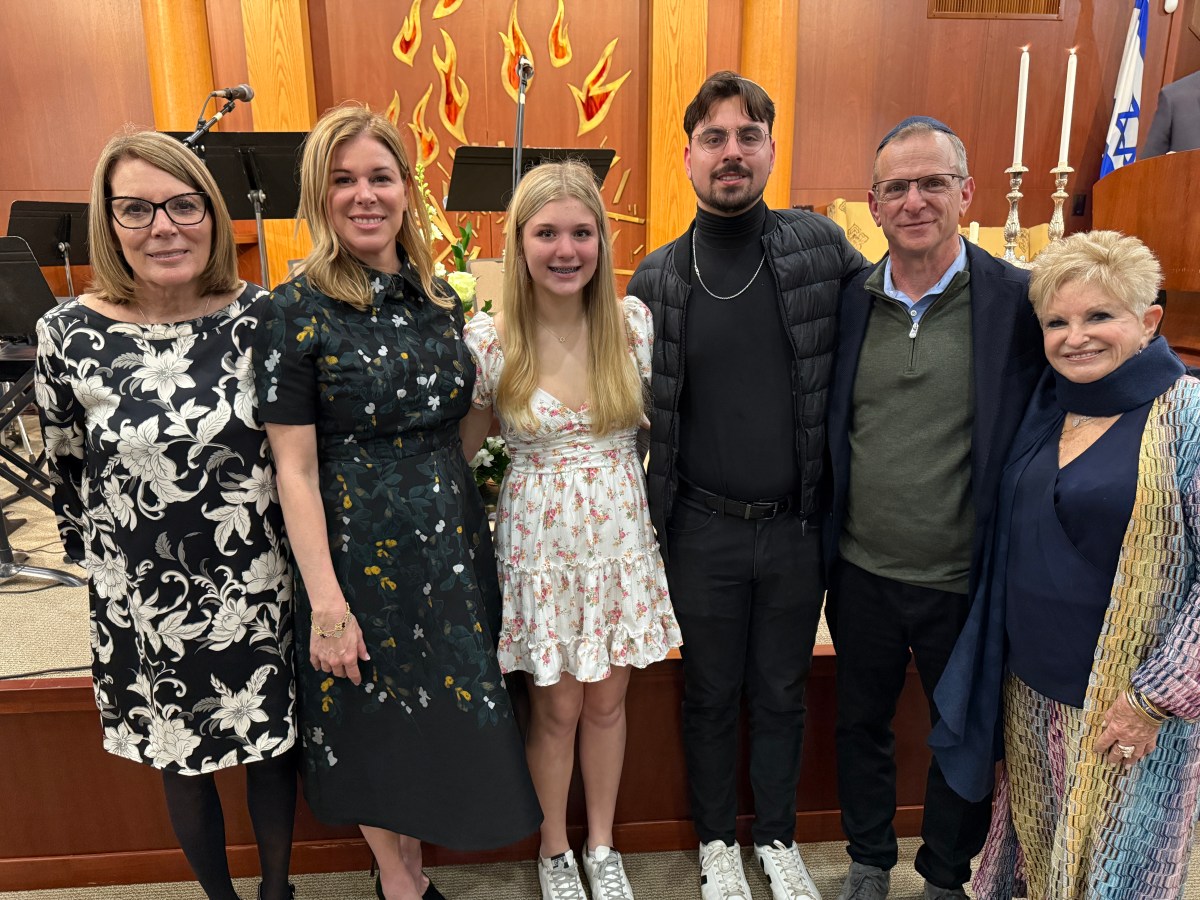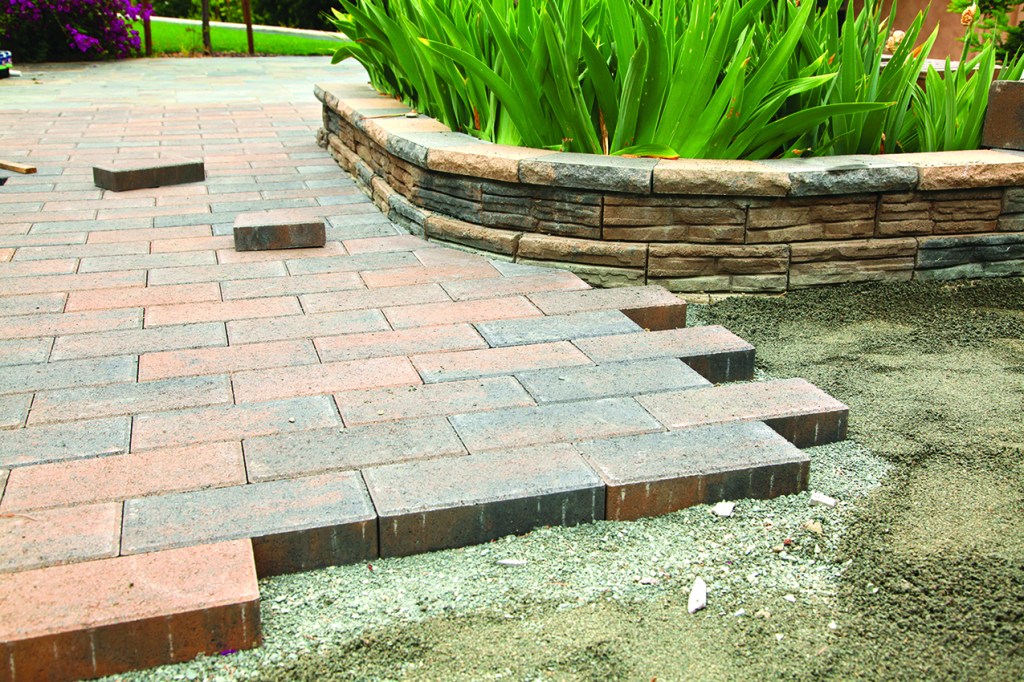Thinking Ahead: Fall Care for Spring Flowers
Spring blooming bulbs planted in the perennial bed will flower and mature before most perennials push up through the soil. The large sized Daffodils look best in the corners of garden beds. The smaller varieties in the eight- inch range, such as “Jet Fire” and “Foundling,” can link the front and back of the bed. Medium sized Tulips are perfect for formal beds that call for symmetrical perfection. Choose one or two varieties and plant them in mass to create an elegant sweep of bloom such as “Orange Wonder” or “Yellow Present.” You can handle them informally for cheerful splashes of color by planting them in groups of a dozen bulbs in a perennial border. Tulips have the same upright growth as Hyacinths, while early season varieties bloom at the same time and with compatible colors. Try pairing “Lemon Yellow” Tulips with unique, “Rich Salmon,” “Gypsy Queen” or “Red Rocket” Hyacinths.
The Hyacinth offers pure shades of pink, violet, red, cream, salmon, and even sky blue. For the most fragrant Hyacinth, try the deep rosy pink, “Pink Pearl” or the deep “Delft Blue.” Their stiff, upright growth makes the Hyacinth perfect for mass planting in curving sweeps of color. A cluster of Hyacinths in a range of colors adds a formal accent in front of a Boxwood hedge or other neatly clipped evergreen hedge. They are also great for herbal or small terrace gardens.
Dwarf Irises produce several blooms on short stems in very early Spring, although available in yellow and white blooms. Dwarf Bulb Irises are prized for their lovely shades of blue. Indigo blue “Harmony” has gold markings and a wonderful violet-like accent. For yellow flowers, choose Iris Danfordials with dark marks and an intense scent. Consider them in clusters by the border edge.
Ornamental onions vary considerably in color, size, and form. They make rewarding additions to beds and borders. Allium Giganteium is a very popular ornamental onion, not just this variety, but others not as tall are a beautiful punctuation to the garden. The lavender color of the round, “puffball” heads of flowers give great accent to all different kinds of gardens. They don’t need to be planted in mass, but close enough to make a color and shape statement. Common chives and taste flowers are great for herbal gardens, as is the Allium with late Tulips, such as the long-stemmed yellow “Darwin.” I always like to add ornamental Lilies to a perennial garden. They can be called Oriental and Asiatic Lilies. Lily bulbs can be planted in spring or fall, but I prefer to plant them in the fall with the other spring bulbs, even though they bloom in the Summer. Ornamental lilies are exotic-looking flowers. Plant them behind other plants that will conceal the dying foliage in the summertime. They are great flowers for early July color, even in a partial shade garden. My favorite varieties include the red “Scarlet Emperor,” which can be combined with grey foliage perennials. The “Haydee,” a yellow flower which is great for partial shade gardens, can be planted with ferns and hostas. The white “Casablanca Lily” grows up to six feet tall, has a beautiful scent, and makes for the perfect accent to any garden, as well as a great cutting flower.
When planting larger bulbs, such as Lilies, Tulips or Hyacinths, you should plan to include some small ones at the same time. Remember, some aggressive perennials like Lysmachia or Physotegia do not make good companions for bulbs. Tap-rooted plants such as Poppies or Peonies make good bulb neighbors since their roots go straight down and rarely forage in the top few inches of surrounding soil. Perennials with shallow roots, such as Creeping Phlox or Creeping Sedum, make the ideal companion for any bulbs, especially the smaller ones since sprouting bulbs can easily penetrate their roots. The advantage of planting with other plants is that the bulbs show more beautifully against a foliage backdrop rather than bare soil, and there is no gaping hole when the bulbs go dormant.
Any garden can hold many more bulbs than most people would possibly think, even gardens constantly visited by deer can be beautified with a large variety of bulbs such as Daffodils, Narcisus and Allium. I’m continually discovering and creating more room for bulbs. Whatever the size of your garden, whether you have the space to naturalize with large bulbs or are limited to a miniature meadow of spring bulbs by a stone wall, you should find a way to use flowering bulbs. A modest number of bulbs, artfully placed, can make as strong a statement and clear contribution to your landscape.
Landscape Designer, Writer and Lecturer Frederico Azevedo is the CEO of Unlimited Earth Care, providing landscape design and maintenance to the Hamptons for over 20 Years. For more info, call 631-725- 7551 or visit www.unlimitedearthcare.com.



